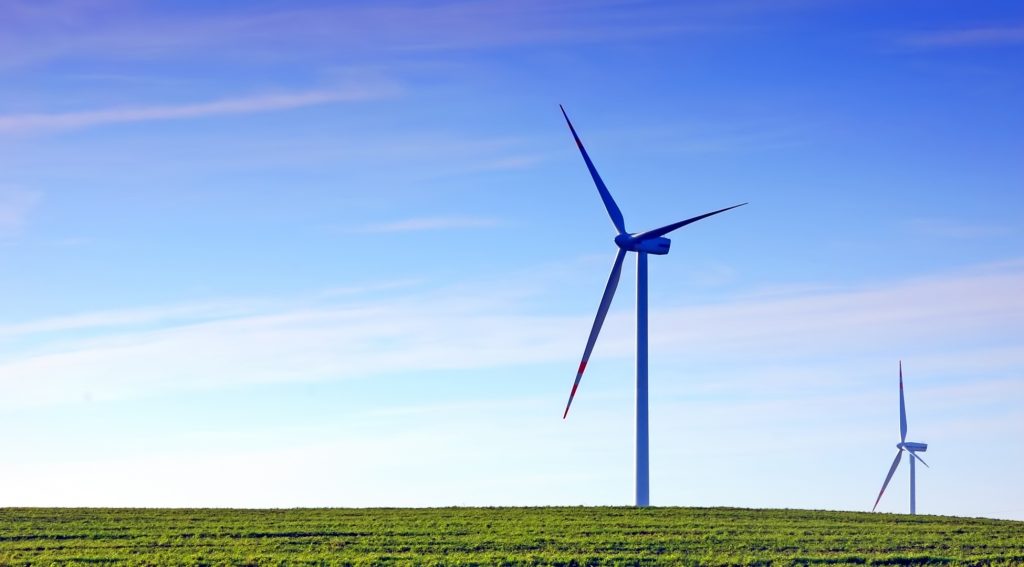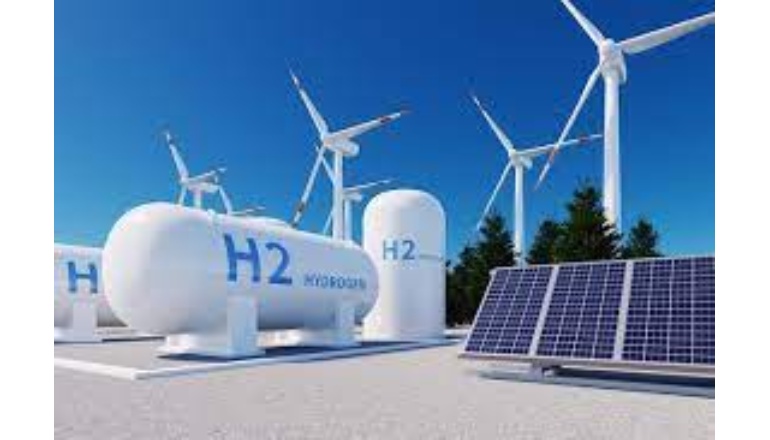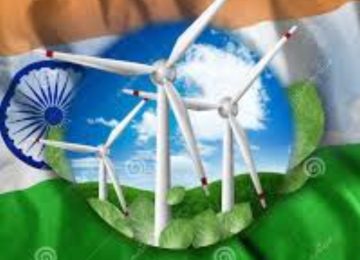The Union Minister of New and Renewable Energy, Pralhad Joshi, has recently unveiled an ambitious wind power roadmap for India during the Global Wind Day 2025 celebrations. It aims to achieve 100 GW by 2030.
India has already set the national goal of 50% non-fossil fuel power capacity by 2030 and a net-zero India by 2070. This includes 100 GW from wind as part of the decarbonization strategy. The government, the Minster said is committed to decongest the bottlenecks to accelerate the wind capacity addition. Globally, India is the fourth-largest in installed wind power capacity and the third-largest renewable energy producer.
Recent Performance and Key Contributing States
After facing several challenges in recent years, the wind energy sector demonstrated improved performance in 2024. The three leading states in wind capacity addition for the year were:
- Karnataka: 1,331.48 MW
- Tamil Nadu: 1,136.37 MW
- Gujarat: 954.76 MW
Strategic Focus of the Roadmap
The roadmap emphasizes several key areas to propel the wind energy sector forward:
Integration for Round-the-Clock Power: The industry is strongly encouraged to integrate wind power with solar and Battery Energy Storage Systems (BESS) to ensure a continuous and reliable power supply.
Competitive Tariffs: Minister Joshi stressed the necessity for stakeholders to collectively reduce current wind power tariffs, which at ₹3.90 per unit are considered high. The objective is to enhance the cost-competitiveness and accessibility of wind energy.
Efficient Domestic Manufacturing: A key focus is to enhance the efficiency of domestic manufacturing capabilities and bolster India’s export potential in wind energy. India exported wind turbines and modules valued at approximately 3.5 to 4 GW in the last financial year.
Achieving the 100 GW Target: Challenges and Requirements
While the 100 GW target by 2030 appears achievable with an annual addition of 10 GW over the next five years, historical capacity addition trends indicate that the industry continues to grapple with significant challenges. The Minister also noted that the 100 GW target includes 30 GW from offshore wind sources, a segment that requires substantial industry deliberation regarding its feasibility.
To facilitate rapid capacity addition, a conducive growth environment is essential, encompassing:
- Evacuation Facilities: Ensuring adequate infrastructure for power evacuation.
- Transmission Grids: Strengthening and expanding transmission networks to enhance grid stability.
- Domestic Manufacturing Ecosystem: Fostering a robust domestic manufacturing base.
Achieving the annual 10 GW capacity addition also hinges on strong performance in utility-scale auctions, increasing demand from commercial and industrial (C&I) consumers, and clear policy momentum favoring hybrid and dispatchable renewable power solutions.
The Global Wind Day 2025 conference, a collaborative effort between the Ministry of New and Renewable Energy and industry associations, served as a vital forum for stakeholders to align on the future trajectory of wind energy in India, charting a course towards a greener and more energy-independent nation.












